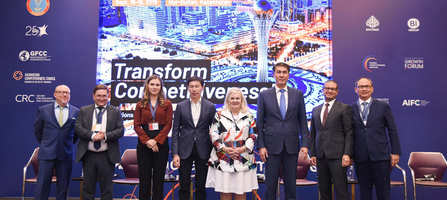
Blogs
Risks and challenges of beautiful solutions
December 14, 2019


Anuar Buranbayev
Partner
The concept of a "Hearing state" is a great idea. The devil is in the details. To hear is not enough. It is necessary to react. Most of the requests are material in nature. A priori, based on the principle that the state should pay. But to give something to someone, it is something to take away from someone. In the case of the state, it will be about raising taxes.
The next step is to determine who to charge taxes from? The space of options is not that big
1. Primary sector. These are our "breadwinners" of raw materials. Perhaps many of them will agree to increase the MET, but as always, they will ask for something in return.
- Most likely, from our research and work, the question about the drastic reduction of excess labo rwill be raised . Yes, yes. The situation is such that low labor productivity is largely determined by an unvoiced agreement on the preservation of surplus jobs. Who is interested in doing their own research and calculations on productivity in physical volumes per one worker.
- The next step will be the requirement to reduce pressure through environmental requirements
- The issue of limiting their participation in "local community development" will also be raised.
Plus, taking into account the real negotiating power of this group, the synergistic result will be close to zero.
2. To raise taxes on the secondary and tertiary sectors of the economy. These are manufacturing, service, trade and finance.
- with our key processing industries: metallurgy and oil refining, the situation is similar to that of raw materials companies
- the rest of our processing sectors are either uncompetitive or not very competitive and constantly raise the issue of government support
- the financial sector is our endless economic pain
- trade and service sectors are precisely the domain of SMEs, which the government is so worried about in words. Any movement against them is met with a negative public reaction, as these are real sectors of mass employment.
3. This is the population that remains. Not very rich most of them, with huge income gaps between groups, with a significant group of paternalistic minded citizens demanding more and more support. Tax increases here will meet a severe negative reaction.
The National Fund, which has the beautiful goal of providing for future generations, remains endlessly being printed. Or to use the funds of the IAPF under all sorts of slogans, which is in fact the Fund of the Current Generation, though, to be more correct, the part of the current generation that has honestly paid into it.
The Nobel prize winner Michael Spence has a great idea in his book "the Next Convergence" that the development of a country is largely determined by how much the current generation is willing to invest in the future of their children. Unfortunately, the mineral resources have made us consumers in the present, more than investors in our future.
all publications











